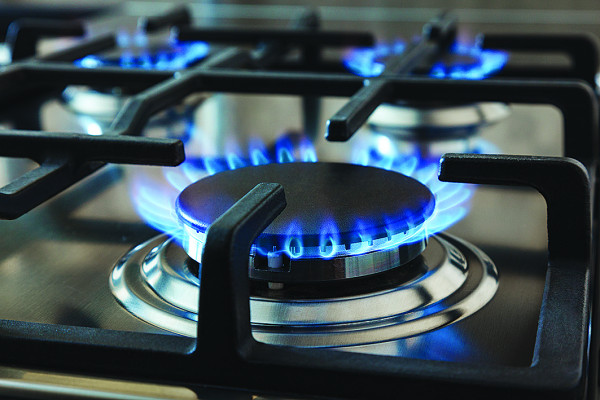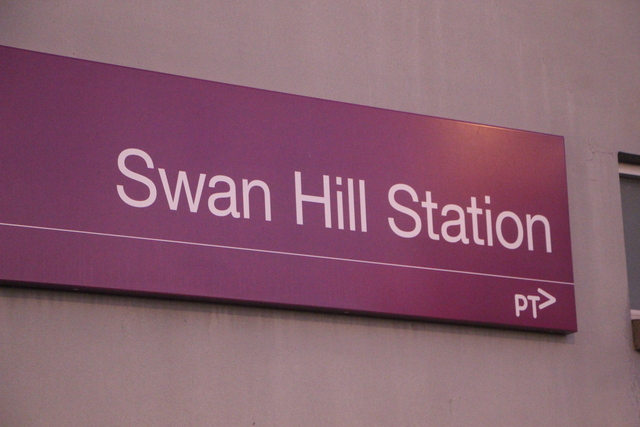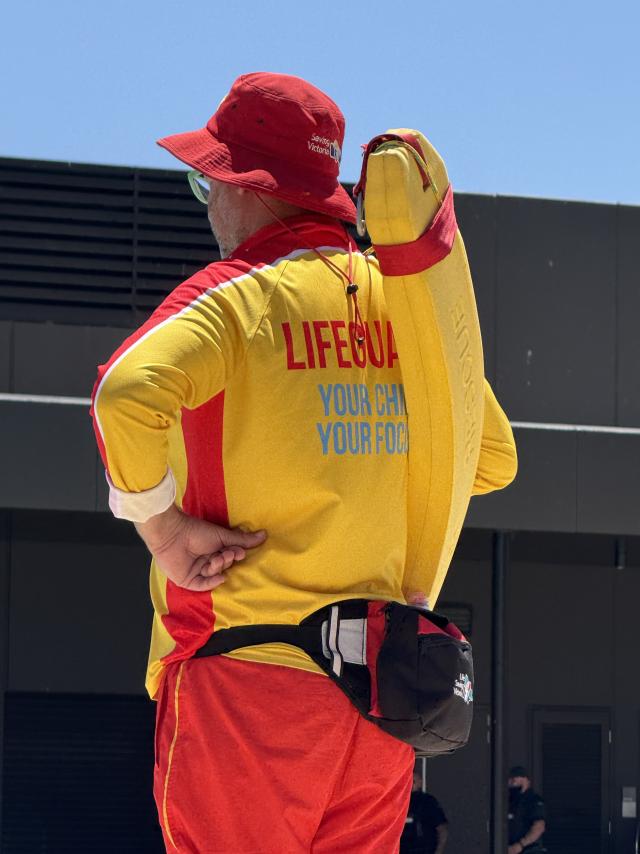THE Victorian Government’s ban on gas connections for new homes is an “egregious overreach on energy policy”, according to Member for Mallee Anne Webster.
All new residential properties and subdivisions that require a planning permit will only be powered by electricity from January 1.
The changes will help the state reach its goal of net-zero emissions by 2045, Energy Minister Lily D’Ambrosio said.
Dr Webster said the ban was taking away people’s freedom of choice.
“The Andrews Labor Government that locked down the whole state and set international records for Melbourne’s lockdowns, has taken another freedom away from the people, their freedom of energy choice,” she said.
“This is another example of the ever-growing intrusion into the day to day lives of Victorians.”
Dr Webster said Premier Daniel Andrews and his Energy Minister Lily D’Ambrosio were “hell bent” on meeting net zero by 2045, and had “put the foot down and told people it is their way or the highway”.
“Their dogma that renewables are ‘cheaper’ is costing Victorians on their power bills,” she said.
Dr Webster said the gas connection ban was “straight out of the Greens playbook”, despite gas being an important part of Australia’s energy mix during the transition to renewables.
“Victoria’s energy grid is not ready for such a quick transition to all electricity, and this is arbitrary policy to head off the Greens in Labor’s inner-city electorates, nothing more,” she said.
The government said a new $10 million residential electrification grants program would be created, providing bulk rebates for solar products to new home buyers.
“Going all-electric can be delivered at no extra cost to the buyer – and will slash around $1,000 per year off household energy bills – or up to $2200 for households that also have solar installed,” the government said.
“Victoria has the highest use of residential gas in Australia, with around 80 per cent of homes connected.
“The gas sector contributes about 17 per cent of the state’s emissions, and the move to electric systems is a key element of meeting Victoria’s nation leading emissions reduction targets of 75-80 per cent by 2035 and net zero by 2045.”







